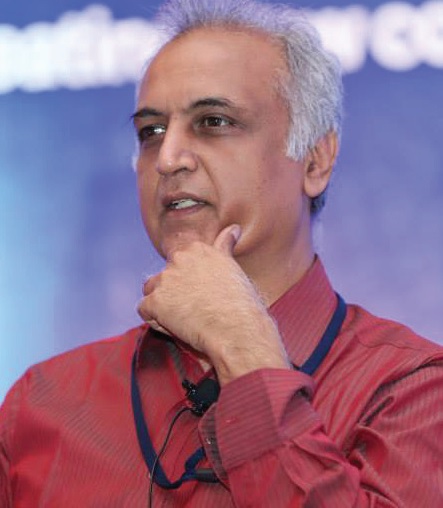As a long-time business journalist, I have often matched wits with public relations folks, who are friendly but often with the intent of promoting the brands they represent. I have always been okay with their aim, as long as that is in line with my own objective of getting a story or report out. Incidental branding is the stuff of decent journalism. I know some publications that specialise in “promotional” stories consciously keep brands out of coverage unless they are paid, while others are happy to mention them.
I often look at my own stories (or that of other journalists) to see how much ground brands cover — or not. I suppose “newsing the brand” is what media relations (as a subset of PR) is all about. This usually involves talking about a brand or to those that represent the brand in the context of a product, a business segment or the economy in general. For lifestyle brands, this usually goes with the coverage of an event, an occasion (such as Diwali or a celebrity wedding) or something novel that makes news in itself.
This week, I realise there is another way to build a brand, and this is like serendipity. I call this “branding the news”. In ‘newsing the brand’ the brand becomes an aspect in focus as part of a core issue associated with the news. In “branding the news’ the brand pops up as part of a broader news coverage, completely incidental to the news in a manner that hardly involves any brand attribute.
My immediate inspiration for writing about this is the political crisis in Maharashtra. As the BJP, the NCP, the Shiv Sena and the Congress grabbed prime-time attention and newspaper headlines, hotel names popped up frequently as meetings took place in five-star hotels and MLAs were shepherded or hounded on their premises.
I noted that in a manner of 24 hours, the Grand Hyatt, Sofitel and the Marriott gained news media attention on November 26, thanks to the Maharashtra political crisis. Strangely enough, this happened on a day when the Taj in Mumbai gets routine media attention because of the ghastly 26/11 terrorist attack that took place in 2008.
The Taj built on the horrible attack to gain brand traction by bouncing back with a soul. Rival brands seem to have got some respite through the political drama this week.
Now, I am curious to know how brand managers look at this. I know it can be a pain for hotel staff on the ground. They have to manage and harness media attention without hurting the privacy of guest customers (knowing that stepping on the news media’s toes is not a good idea). Events such as a celebrity visit routinely get media attention for brands, but a political crisis is something else. It is a tough call but one that gets tons of what PR folks called “earned media” often without much PR effort.
Sometimes the PR folks can be pre-active on how to gain from a news theme, and sometimes they have to react to an emerging situation.
Do let Reputation Today (and thus me) know how PR folks have dealt with “branding the news” incidents in the past. I am sure there are great case studies lurking out there. It might well spark another column from a journalistic perspective.
Make sure you give your opinions in the comments section below …



Leave a comment